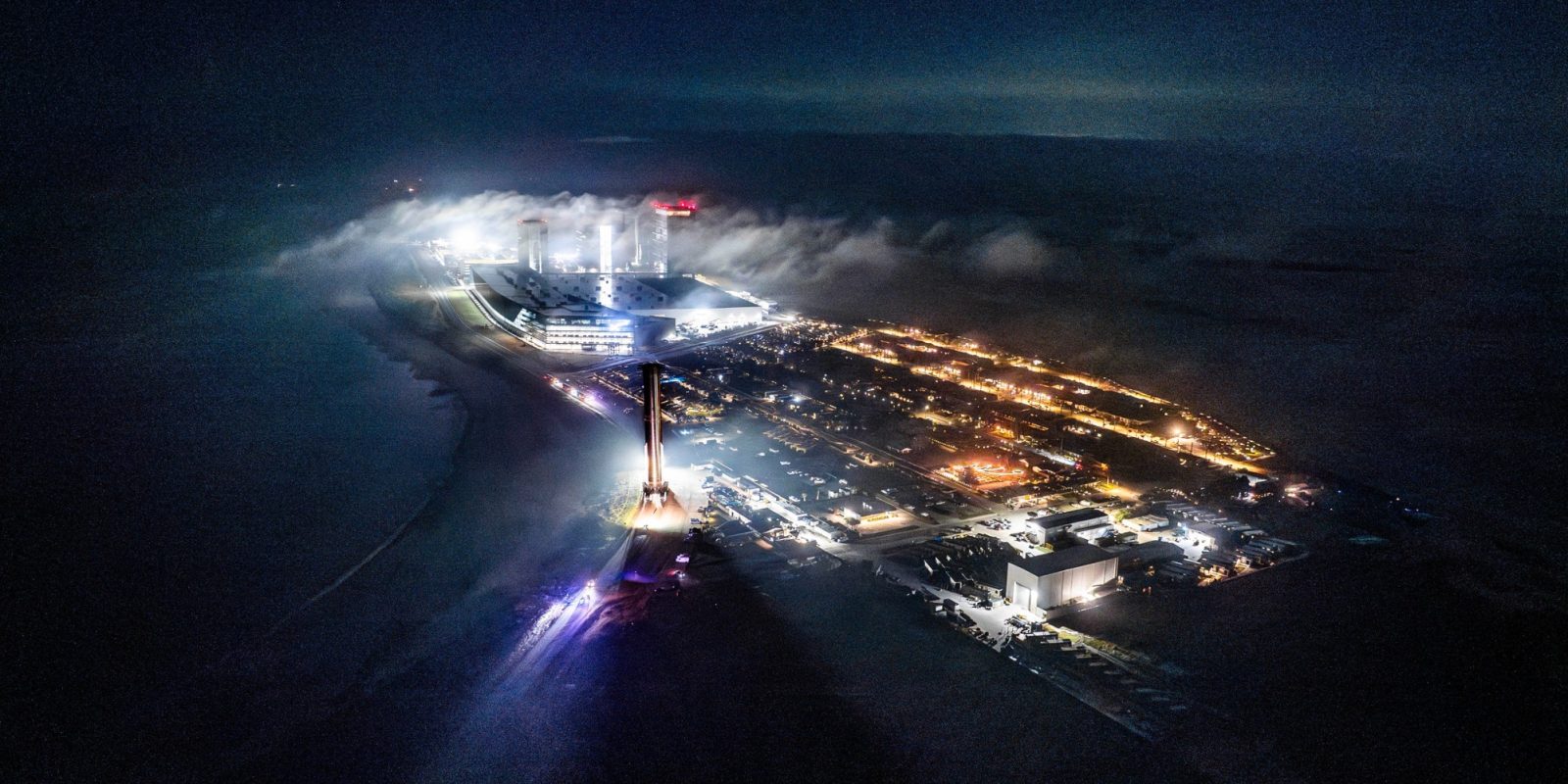


Terminal Count is a weekly newsletter and podcast discussing the current events of the spaceflight industry. This week, Seth discusses recent reports suggesting Boeing and Airbus divest from space, plenty of SpaceX headlines, and the difficultly President Trump might face changing current space policy.
Subscribe:
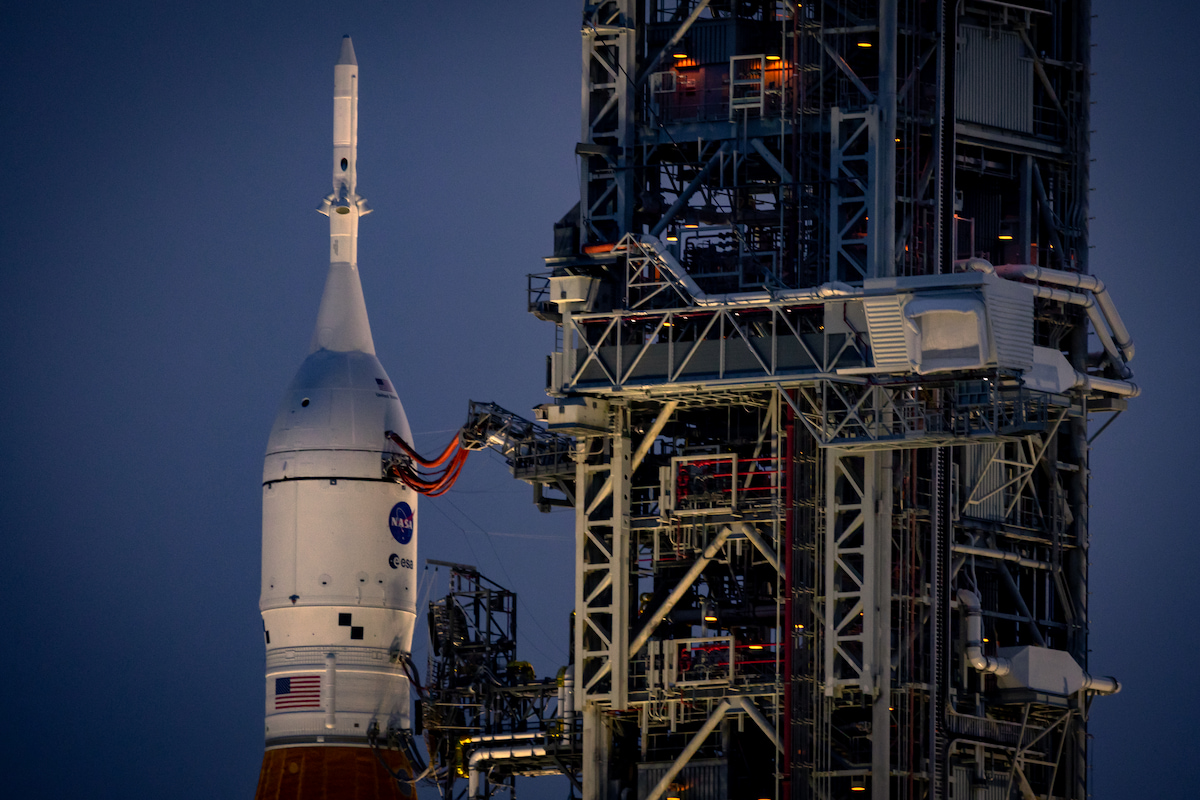
A recent Space Capital report states that the massive defense primes of Boeing and Airbus could divest themselves of space entirely. Given the new administration’s wish to potentially sack SLS, could companies like Boeing be out of space entirely?
Check out this week’s podcast.
Expand Expanding Close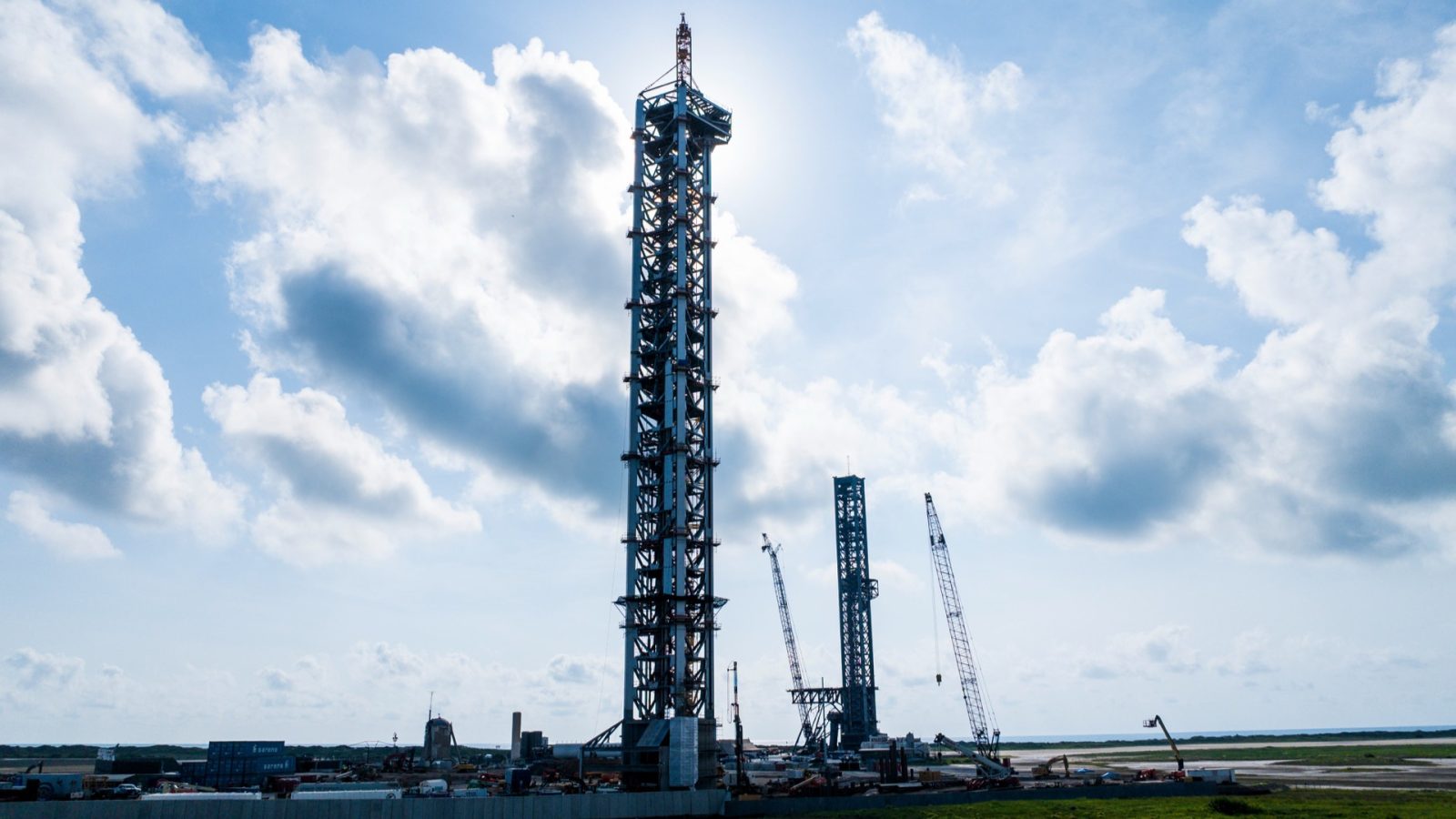
SpaceX has begun the process of installing new catch arms on its second Starship launch pad down in Starbase, Texas. The company has made a large number of changes to the previous tower design as it continues to learn more about what is needed for a rapidly usable rocket.
Expand Expanding Close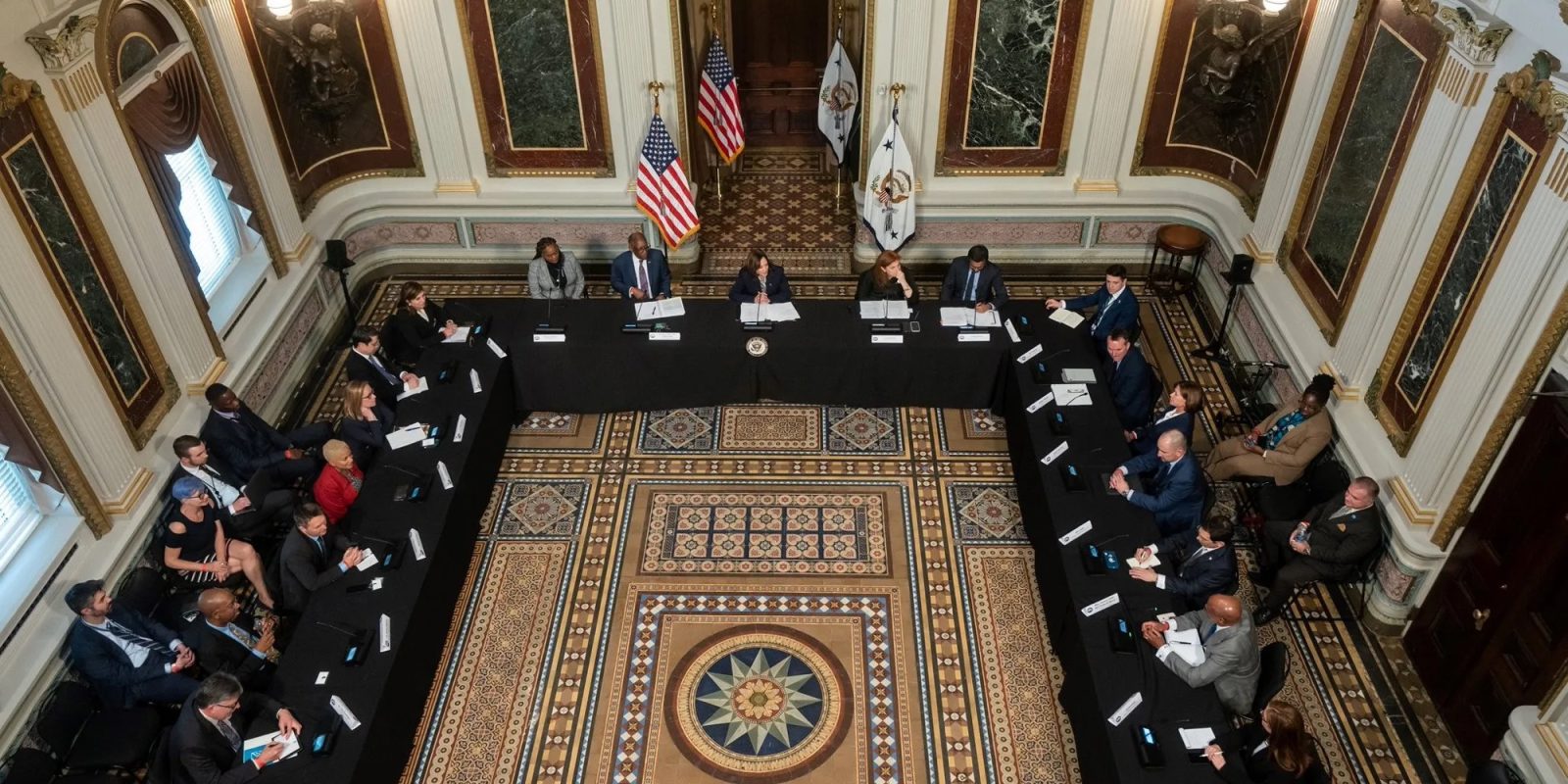
According to Reuters, SpaceX lobbyists might have successfully convinced the newly sworn-in President Trump to shutter the National Space Council. SpaceX seems to believe the council was a “waste of time,” and the White House might think it’s too much bureaucracy.
Expand Expanding Close
Last week, SpaceX launched its seventh Starship rocket on a test flight that didn’t go nearly as far as many had hoped. So what’s the progress on Starship Flight 8, and how will 7’s shortcomings affect its timeline?
Expand Expanding Close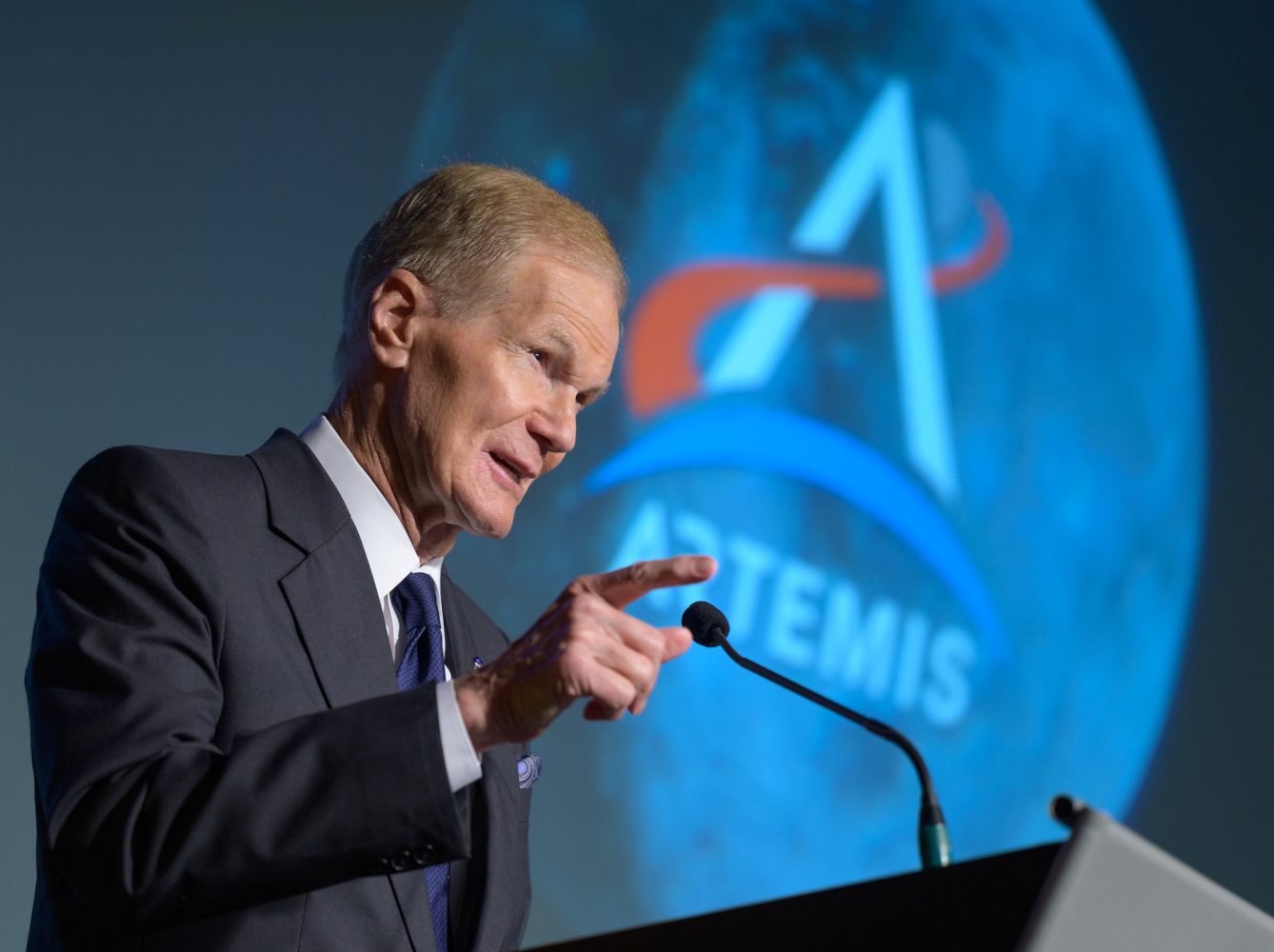
With President Trump’s swearing-in yesterday at noon, the government has switched hands and will now be run by a completely new list of politicians and political agents who have gained favor in Trump’s eyes. Anyone who was previously in charge is out, and that includes Administrator Bill Nelson and his deputy Pam Melroy. Nelson marked the occasion with a letter, praising those who make NASA what it is and slightly hoping that his replacement keeps Artemis around.
Expand Expanding Close
The Australian airliner Qantas has reported that it has had to delay flights between Johannesburg and Sydney when SpaceX launches its rockets. This has caused hours of delays as SpaceX continues to ramp up its launch cadence.
Expand Expanding Close
In 2017 President Trump signed Space Policy Directive 1, setting NASA on a mission to return its astronauts to the surface of the Moon using the already in development Space Launch System and Orion spacecraft. It has come a long way, survived one transition of power, but is likely to be taken to battle in Congress.
President Trump, now the 47th President of the United States, mentioned space only once during his address, and it had nothing to do with Artemis and everything to do with a destination a tad bit further away: Mars.
Expand Expanding Close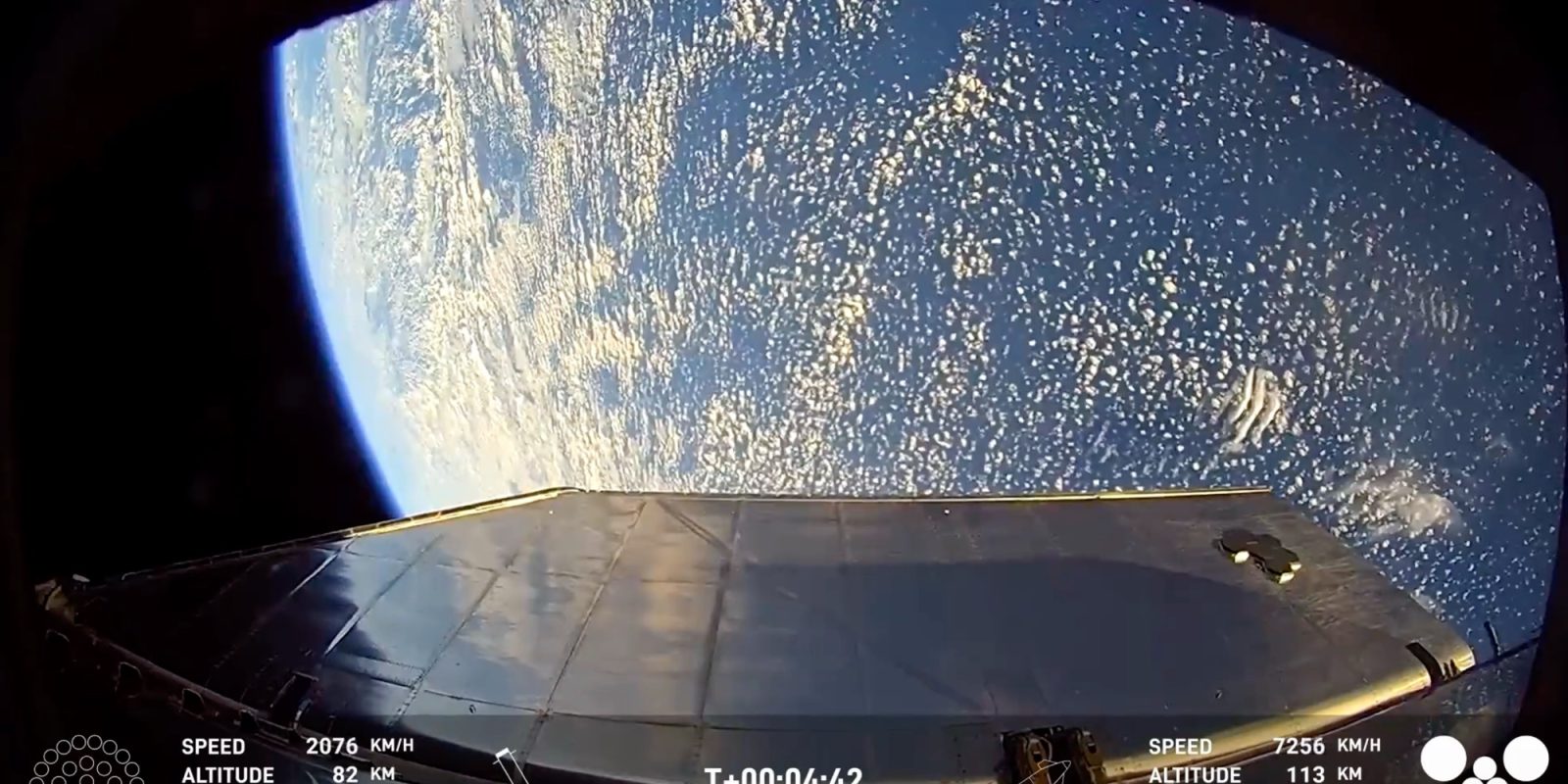
Last week SpaceX launched its seventh flight test of its Starship rocket. The mission was supposed to be an iterative improvement in Starship capabilities, and while the booster saw success, the upper stage ship’s mission concluded early. Now debris is showing up on island shores.
Expand Expanding Close
Terminal Count is a weekly newsletter and podcast discussing the current events of the spaceflight industry. This week, Seth discusses both Blue Origin and SpaceX finally getting their big launches off the ground, Utah’s proposed spaceport, Artemis 2 updates, and more.
Subscribe:

We finally saw the debut launch of Blue Origin’s New Glenn rocket last week. We also saw the first of many Starship flights of 2025. While both were considered flight data-gathering missions, one seems a little more successful than the other, and spoiler, it wasn’t SpaceX.
Checkout the podcast version of Terminal Count here.
Expand Expanding Close
Utah might open a study to see if the state should open its own spaceport, a rather interesting idea given the state has no open oceans on either side of itself but does host a large number of aerospace professionals. Is there a way for this to make sense?
Expand Expanding Close
Former JPL employee turned YouTuber, Mark Rober, launched his very own satellites to space on the recent SpaceX Transporter-12 mission. The purpose was to snap a photo of a Google Pixel showing a selfie sent by his fans.
Expand Expanding Close
For the first time in the Starship program, SpaceX ran into what looks more like a setback than a step forward. So what went wrong?
Expand Expanding Close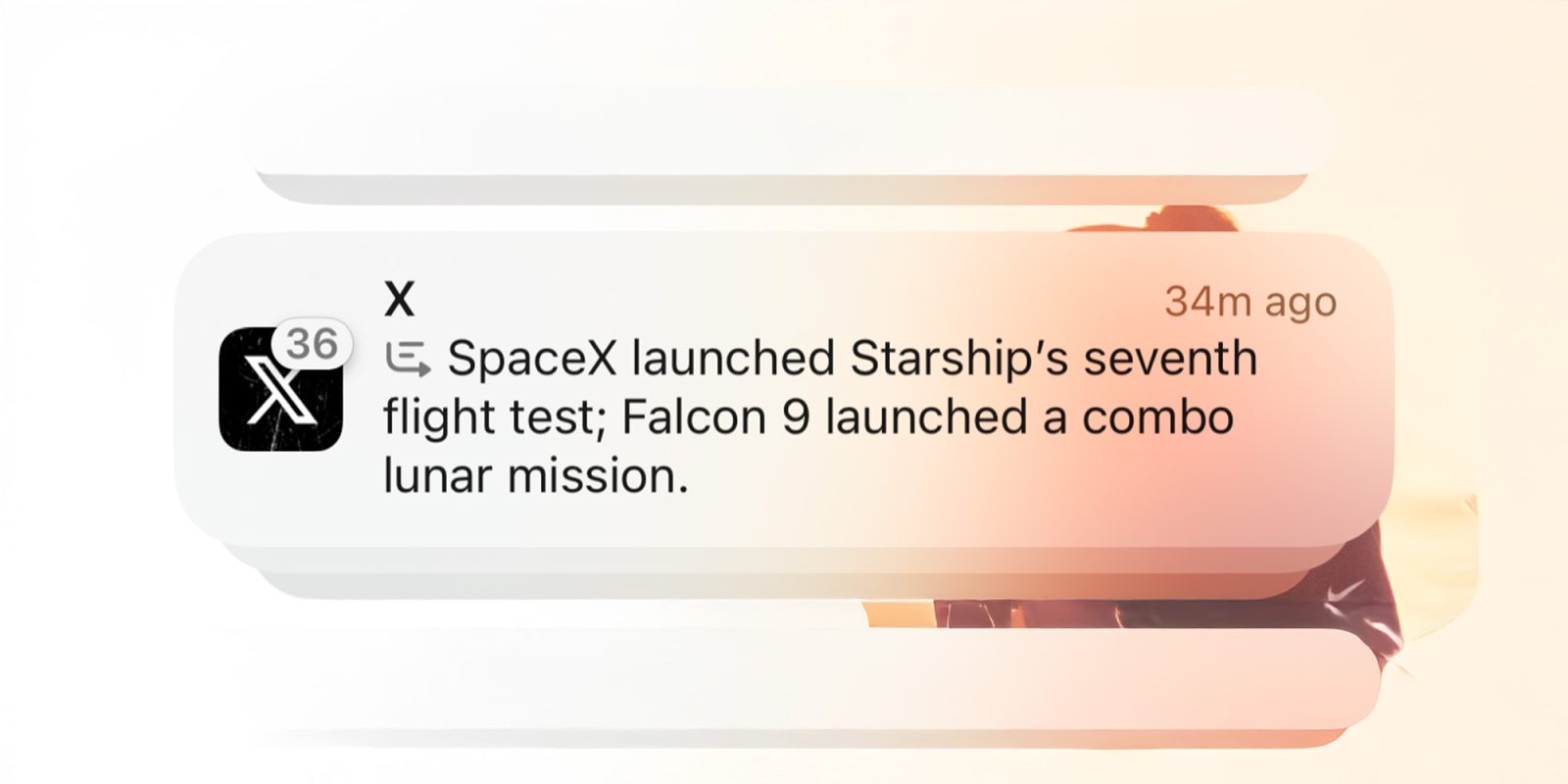
Oh AI, you love it or you hate it. It, alongside being the local weatherman, is the only thing that can be completely wrong and everyone gives it a break. Last year Apple rolled out its version of AI called “Apple Intelligence.” One of its features is to summarize notifications so you don’t have to. Unless it gets it wrong, which it does a lot.
Expand Expanding Close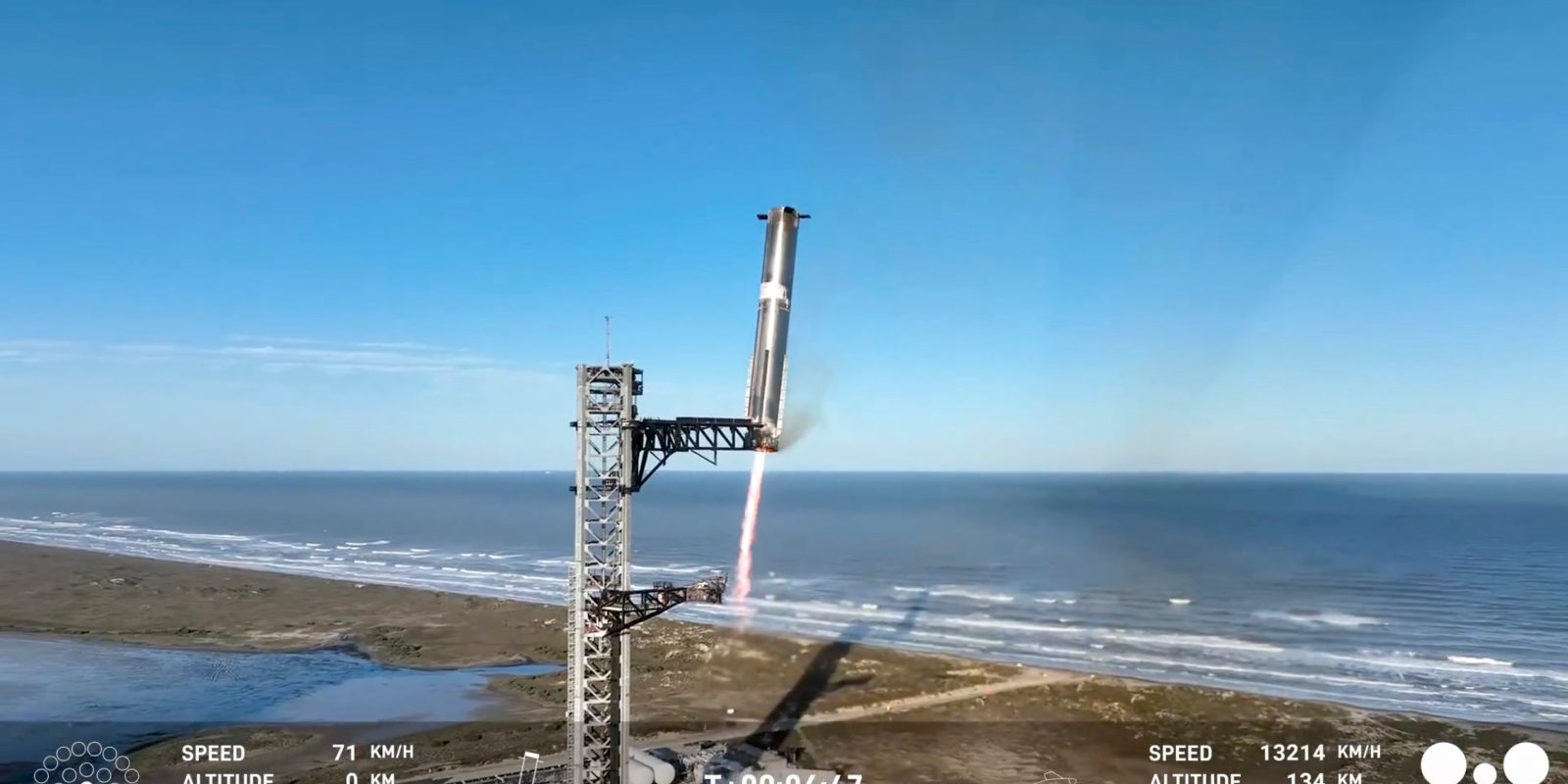
In a bittersweet launch, SpaceX was able to successfully launch its seventh Starship rocket from Starbase, Texas. The flight ended with a little bit of déjà vu, with the ship’s upper stage running into an anomaly just before ascent was over.
Expand Expanding Close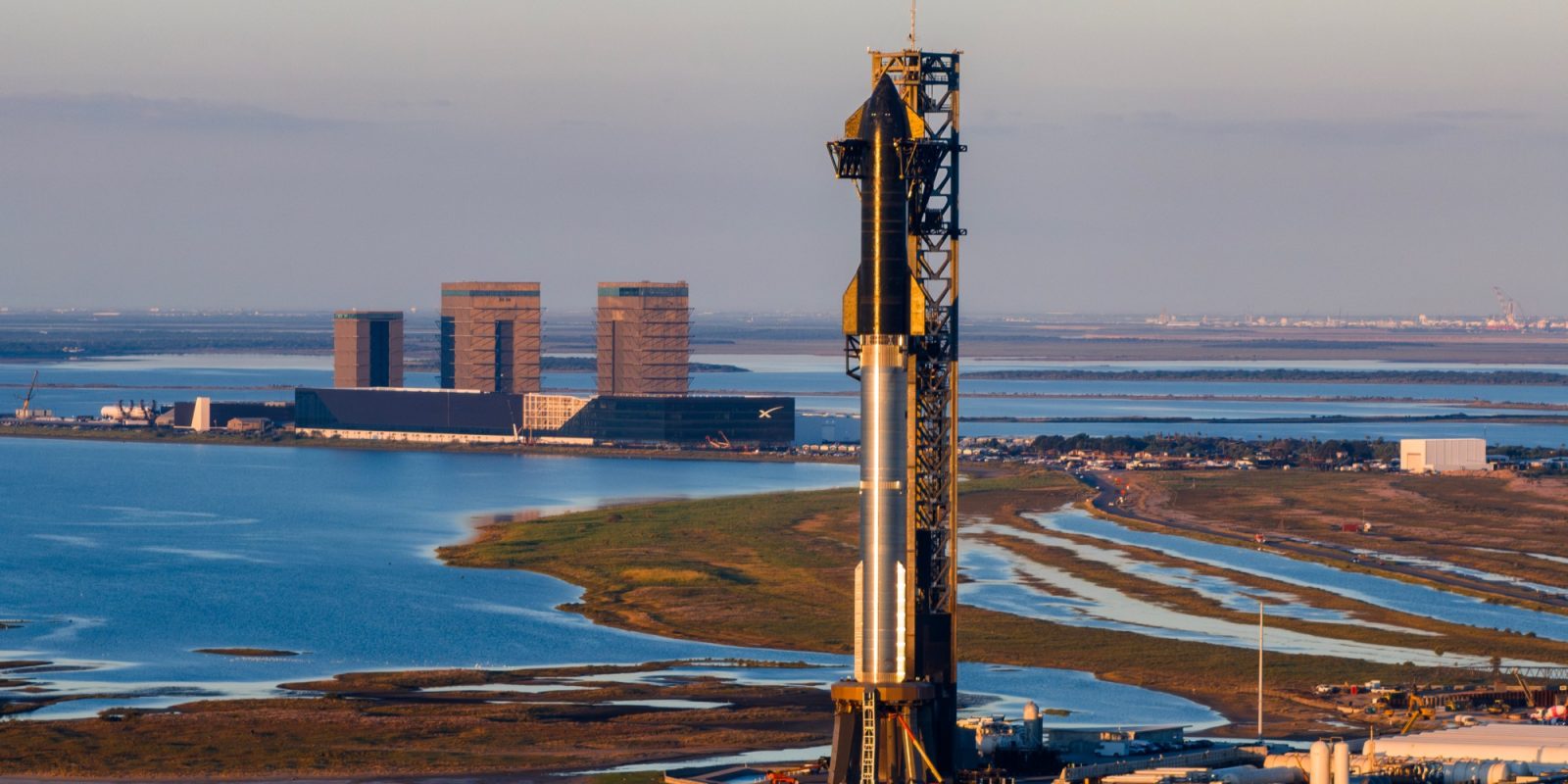
SpaceX is planning to launch its seventh Starship mission from Starbase, Texas later this afternoon. Here’s how to watch and get live updates of the launch:
Update: Starship Flight 7: SpaceX makes second booster catch, Block 2 Starship loss during ascent
Expand Expanding Close
SpaceX is planning to attempt its seventh Starship launch this afternoon from Starbase, Texas. The mission will see many firsts and hopefully make a path forward for ship catches and reuse in the near future. Here is everything you need to know about Starship Flight 7.
Update: Starship Flight 7: SpaceX makes second booster catch, Block 2 Starship loss during ascent
Expand Expanding Close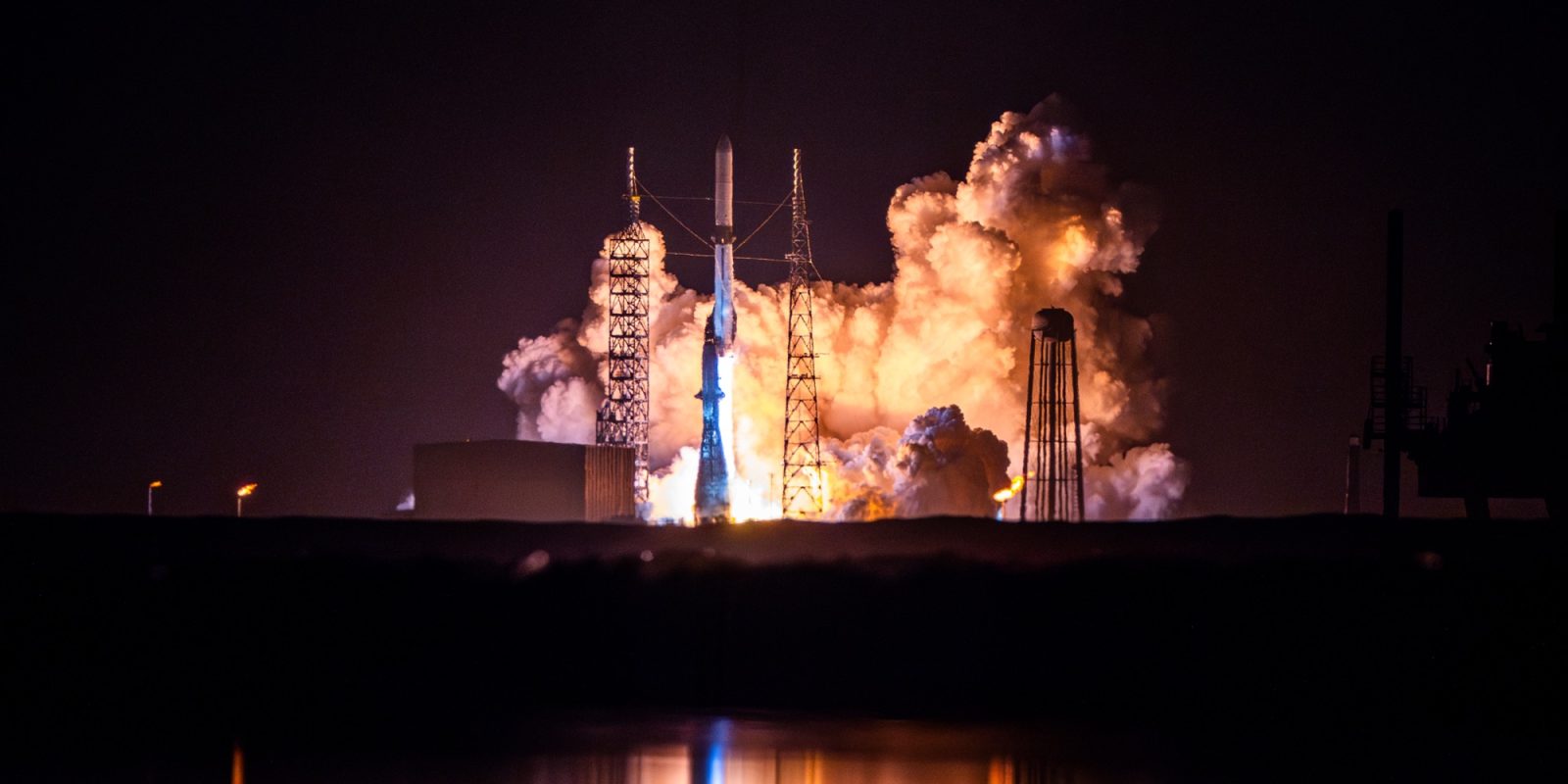
After several days of delays due to technical issues and weather, Blue Origin successfully lifted off with its new heavy-lift rocket, New Glenn, from Florida and entered an orbit around Earth. With data gathering as its only goal, Blue Origin has gathered plenty on both the booster and upper stage.
Expand Expanding Close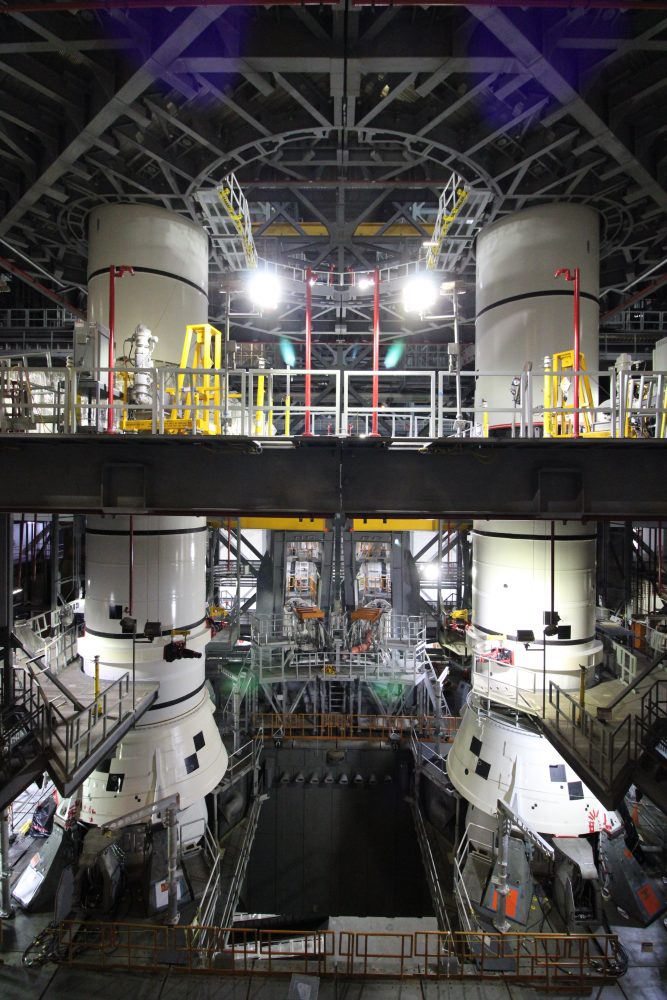
NASA continues to get the rocket that will launch the crew of Artemis 2 to the Moon ready before the end of the year. The Exploration Ground Systems (EGS) is continuing work on stacking the Space Launch System‘s solid rocket boosters. Teams have stacked four segments, two per booster, inside the Vehicle Assembly Building. Next, NASA contractors will stack the center segments, forward-center segments, and forward segments before topping them with nose cones. Nose cones which NASA recently moved into the Vehicle Assembly Building. In all, NASA has eight more booster components to stack before finishing integration.
Expand Expanding Close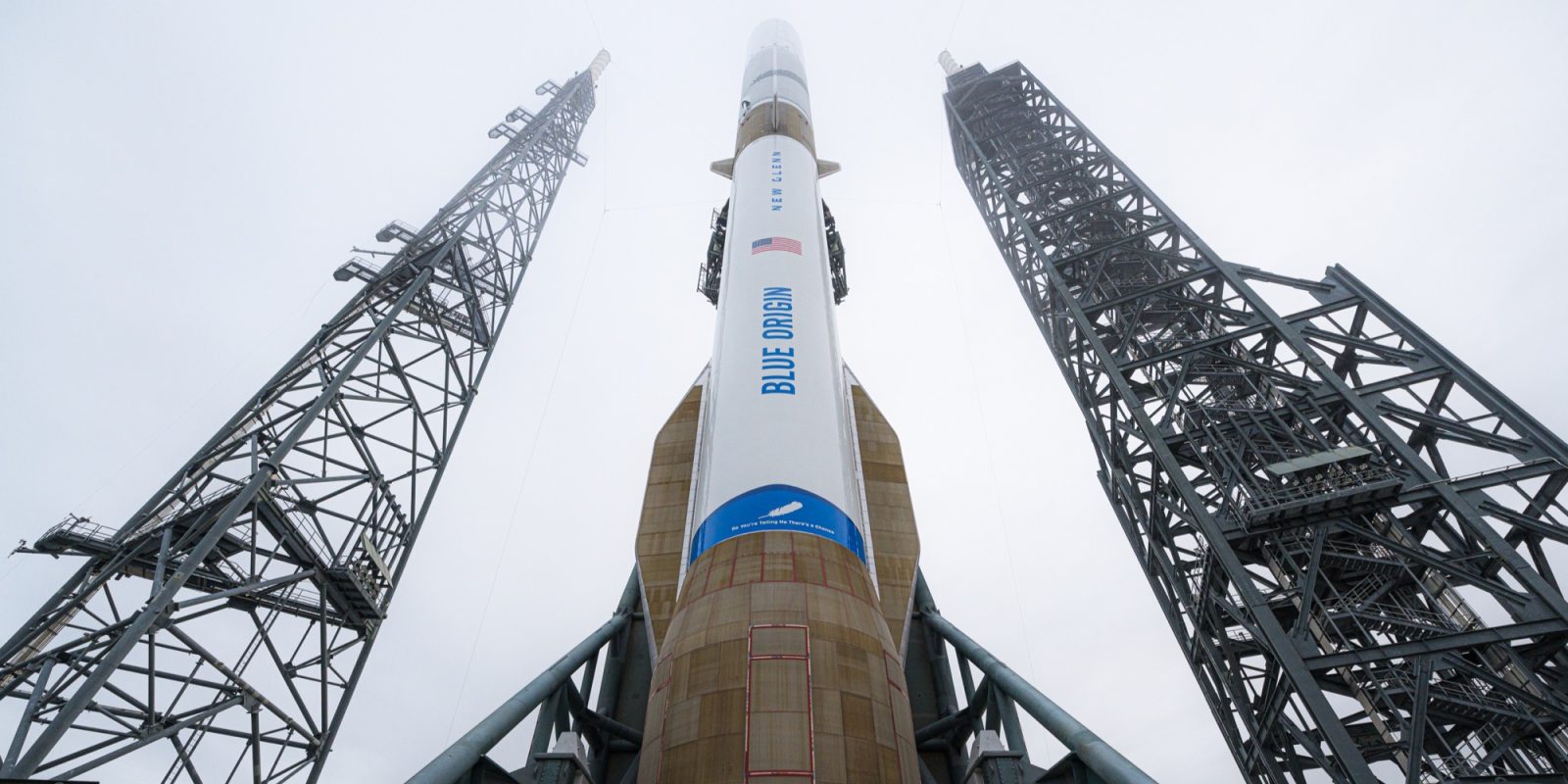
Blue Origin will make its third attempt to launch its first New Glenn rocket no earlier than 1:00 A.M. ET Thursday. With weather once again a concern, we’ll have to see if we get into the countdown or if the company will pull the plug early this evening.
Update: Blue Origin sends first New Glenn rocket into orbit
Expand Expanding Close
SpaceX announced it will be delaying Starship Flight 7 due to poor weather in the area. They are not the only ones dealing with weather concerns this week either. Starship is now set to launch no earlier than January 16 at 4:00 p.m. CT.
Update: Starship Flight 7: SpaceX makes second booster catch, Block 2 Starship loss during ascent
Expand Expanding Close
Early Wednesday morning, SpaceX launched two commercial lunar landers on a single Falcon 9 rocket from Florida. Both landers will now coast their way to the Moon over the next month or more, with hopefully one taking the crown for the first soft landing on the Moon.
Expand Expanding Close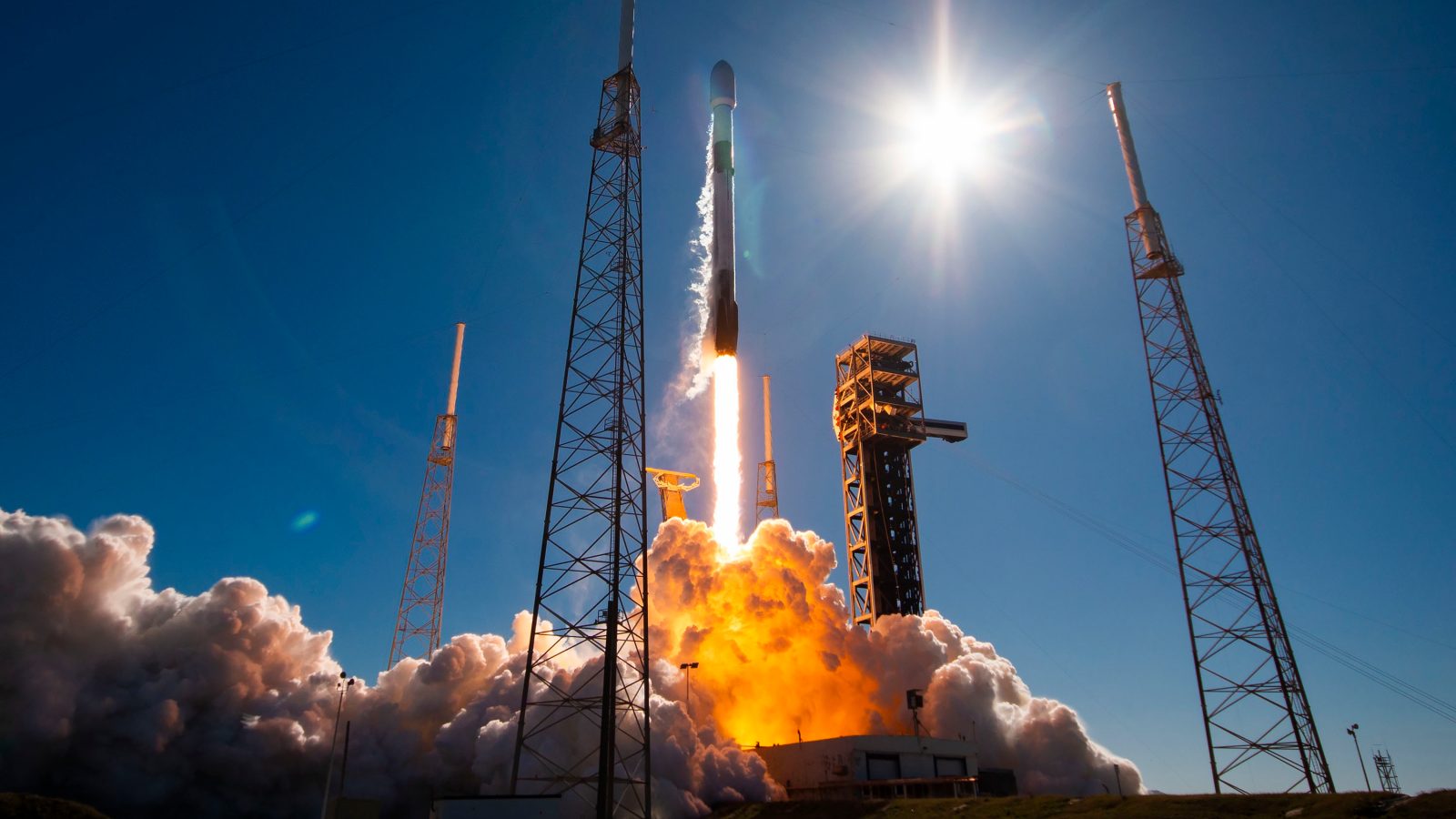
Later tonight, SpaceX plans to launch not one but two lunar landers to the Moon using only one rocket. The primary lander, Firefly’s Blue Ghost, is contracted under NASA. Meanwhile, the secondary payload is a lunar lander for Japan’s i-space called Hakuto-R.